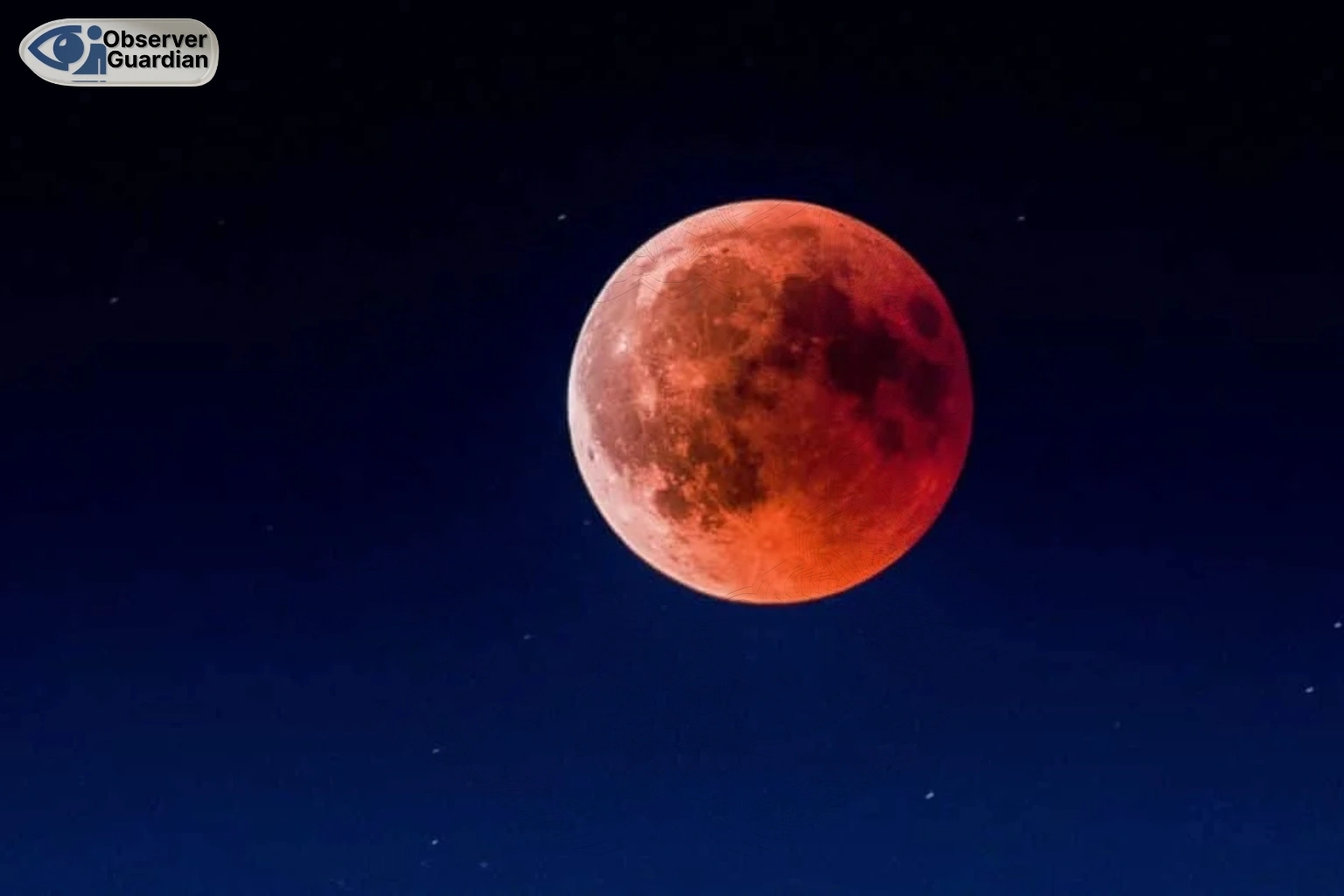Total Lunar Eclipse September 7, 2025 What Sky Observers Should Know
The Space and Upper Atmosphere Research Commission (SUPARCO) has confirmed that a total lunar eclipse will be visible across Pakistan tonight (Sunday, September 7). This awe-inspiring event will also be observable in large parts of Asia, Africa, and Europe.
For sky observers and celestial guardians of the night, this is a rare chance to witness the Moon transform into a glowing red orb, popularly known as the “Blood Moon.” Weather conditions permitting, most regions of Pakistan will enjoy an uninterrupted view.
Key Details of the Lunar Eclipse
| Phase | Local Time in Pakistan | Notes for Observers |
|---|---|---|
| Eclipse Begins | 8:30 PM | Penumbral phase starts |
| Maximum Eclipse | 11:57 PM | Blood Moon at its peak |
| Eclipse Ends | 1:55 AM | Final shadow fades |
Why Does the Moon Turn Red?
A lunar eclipse occurs when Earth positions itself directly between the Sun and the Moon, casting its shadow across the lunar surface. Unlike solar eclipses, this phenomenon is completely safe to observe with the naked eye, binoculars, or telescopes.
During totality, sunlight filtering through Earth’s atmosphere bends toward the Moon. The blue wavelengths scatter, while the red hues penetrate the atmosphere, bathing the lunar surface in a rusty red glow. As one astrophysicist from Queen’s University Belfast described, it’s a cosmic reminder of how Earth’s atmosphere acts as a light filter for celestial observers.
Important Things to Know for Observers
-
🌕 Safe to Watch: No protective glasses needed.
-
🔭 Best Tools: Binoculars or telescopes enhance the view.
-
📍 Best Regions: Entire Pakistan, weather permitting.
-
🕒 Prime Viewing: Around 11:57 PM (peak totality).
-
🌌 Rare Event: Next big eclipse will be the Total Solar Eclipse on August 12, 2026, visible over parts of Europe.
Frequently Asked Questions (FAQs)
1. Can I watch the lunar eclipse without equipment?
Yes. Unlike solar eclipses, a lunar eclipse is completely safe to watch with the naked eye. Binoculars and telescopes only make the experience sharper and more magical.
2. Why is it called a “Blood Moon”?
During totality, Earth’s atmosphere filters sunlight, allowing mainly red wavelengths to illuminate the Moon—giving it a deep crimson glow.
3. When was the last total lunar eclipse?
The previous total lunar eclipse occurred in March 2025, with another in 2022.
4. When is the next major eclipse event?
The next notable celestial spectacle will be a Total Solar Eclipse on August 12, 2026, visible across parts of Europe.







